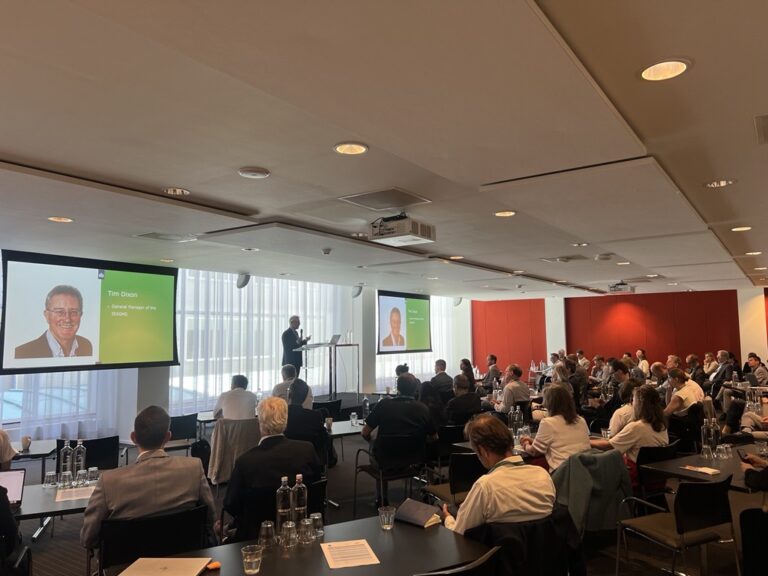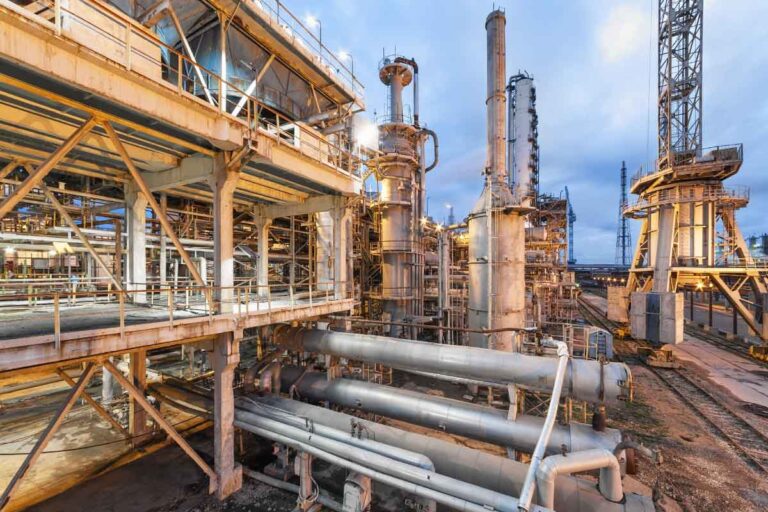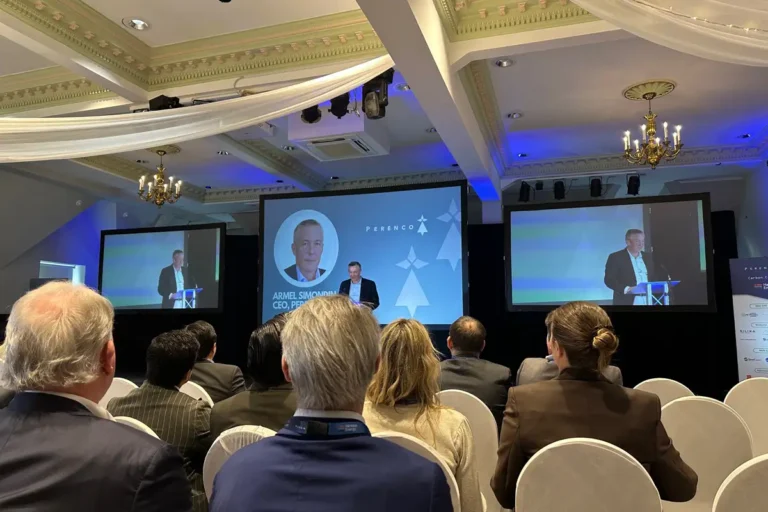
IEA Iron and Steel Technology Roadmap
12 October 2020

With more than 600 registrations, IEA presented the launch of the “Iron and steel technology roadmap” on the 8th October. This report was coordinated by Araceli Fernandez Pales ad Peter Levi. Main authors included Sara Budinis, Peter Levi, Hana Mandovà and Tiffany Vass. The session was chaired by Araceli Fernandez and opened with an introduction from Timur Gül, who explained the two core elements of this analysis: stakeholders engagement; and analytical work.
Three areas for transition towards the net-zero emissions were discussed: power generation and industry; clean energy innovation; and infrastructure. The motivation of this report is based on the growing number of governments and companies with ambitious plans to reach net-zero emissions goals in the coming decades. Although significant effort on decarbonising the power sector is being implemented, the industrial sector will still have a key role, with the iron and steel sector emitting 2.6 Gt/year of CO2.
Peter Levi presented the main outputs from the study. Steel is a global traded commodity in the modern society and the demand is expected to grow by more than a third towards 2050.Consequently, maintaining competitivity is essential. However, the direct emissions are approximately 1.4tCO2/tonne of steel. Meeting the energy and climate goals requires a CO2 emissions reduction of 50% by 2050 and further reductions towards net-zero emissions goals.
 Figure 1 Iron and steel sector direct CO₂ emission reduction in the Sustainable Development Scenario by mitigation strategy. (Source: Iron and Steel Technology Roadmap, IEA (2020))
Figure 1 Iron and steel sector direct CO₂ emission reduction in the Sustainable Development Scenario by mitigation strategy. (Source: Iron and Steel Technology Roadmap, IEA (2020))
The mix of measures to decrease CO2 emissions in the steelmaking sector includes: enhancing material efficiency, improving technology performance, electrification, using hydrogen, implementing bioenergy, other fuel shifts, and CCUS. From these, material efficiency represents the biggest contribution, with a 40%, followed by technology performance, with a 21%. Considering CCUS (16%) and hydrogen (8%) together, that would sum up a 24% of the total cumulative direct emission reductions between 2020 and 2050. These measures will involve the development of supporting infrastructure.
Innovation will be key (even more in the Faster Innovation Case [1]) and the scale-up of emerging steelmaking processes will be essential. Moreover, chances of success will be greater if it is complemented with behavioural changes.
In the coming years, governments will have a critical role, mainly on framework fundamentals, planning and implementing long-term policies for CO2 emissions reductions. Stakeholders collaborations will be a driving force, and targeted actions for specific technologies and strategies will be key. The next 10 years will show a critical point where enabling conditions are required. Through further reductions, the Sustainable Development Scenario sets out a net-zero emission case by 2070, based on the development and market deployment of new technologies.
The webinar ended with a Q&A session, where it was mentioned that the development and implementation of emerging technologies will be region-specific.
In summary, the IEA report provides a valuable overview of the current and future iron and steel sector. Moreover, the needs to reach the decarbonisation and net-zero emission goals by 2050 and 2070 respectively are identified.
For more information, the report can be found here: https://www.iea.org/reports/iron-and-steel-technology-roadmap
[1] The IEA Faster Innovation Case explored the feasibility of bringing forward net-zero emissions for the energy system as a whole to 2050 by accelerating work on clean energy technology innovation (Source: Iron and Steel Technology Roadmap, IEA (2020))
Other articles you might be interested in
Get the latest CCS news and insights
Get essential news and updates from the CCS sector and the IEAGHG by email.
Can’t find what you are looking for?
Whatever you would like to know, our dedicated team of experts is here to help you. Just drop us an email and we will get back to you as soon as we can.
Contact Us NowOther articles you might be interested in
Get the latest CCS news and insights
Get essential news and updates from the CCS sector and the IEAGHG by email.
Can't find what you are looking for?
Whatever you would like to know, our dedicated team of experts is here to help you. Just drop us an email and we will get back to you as soon as we can.
Contact Us Now









